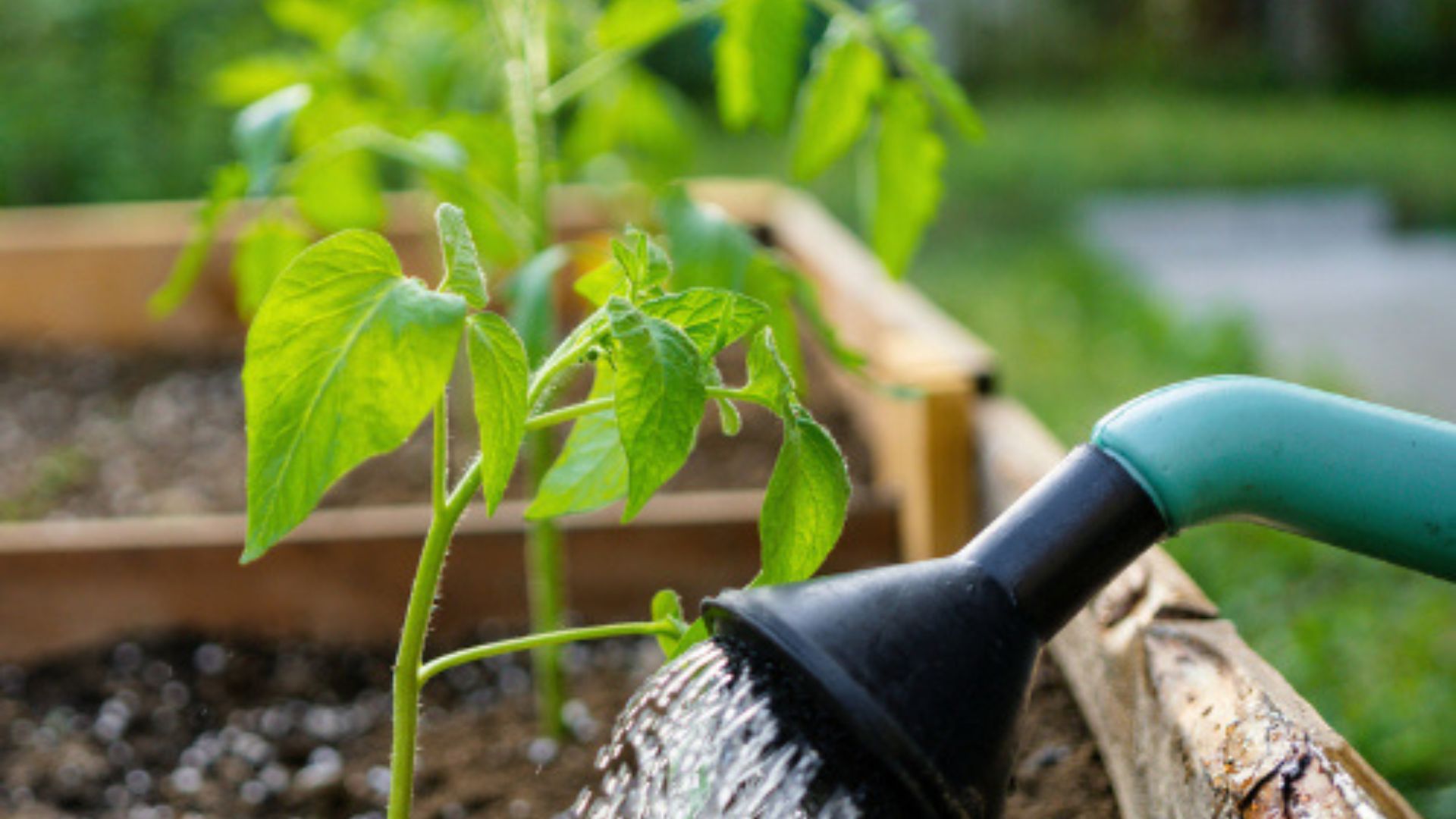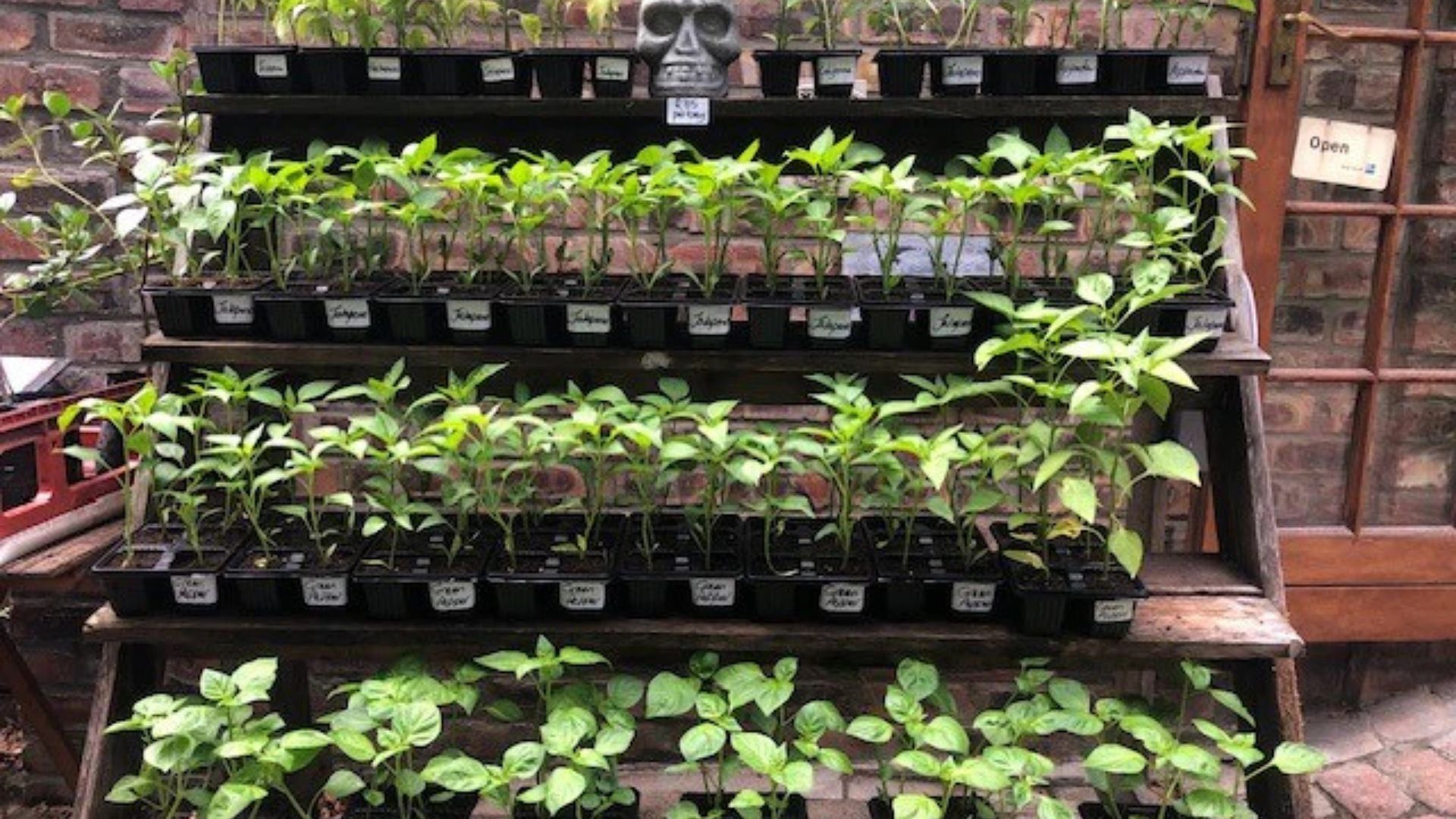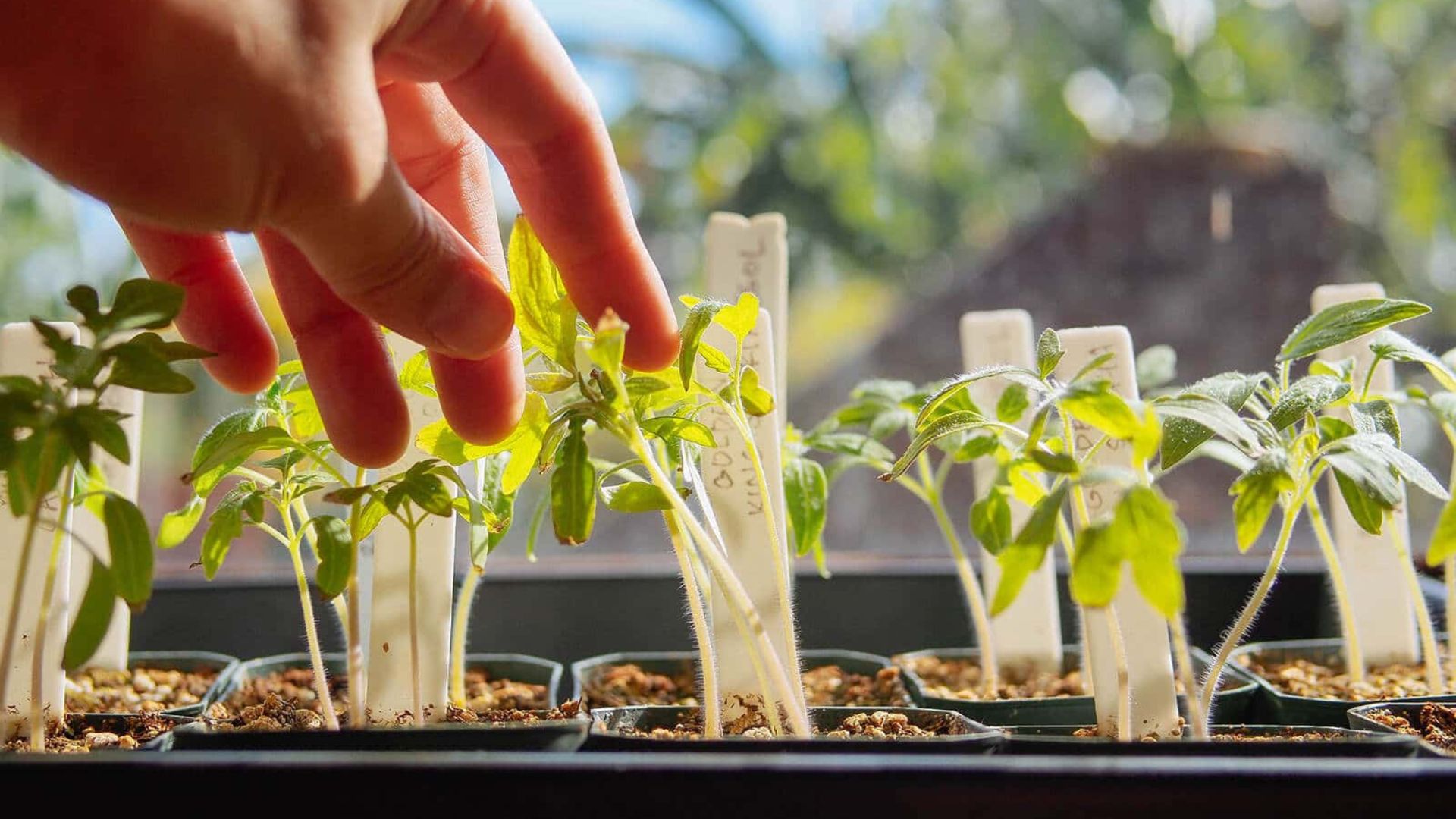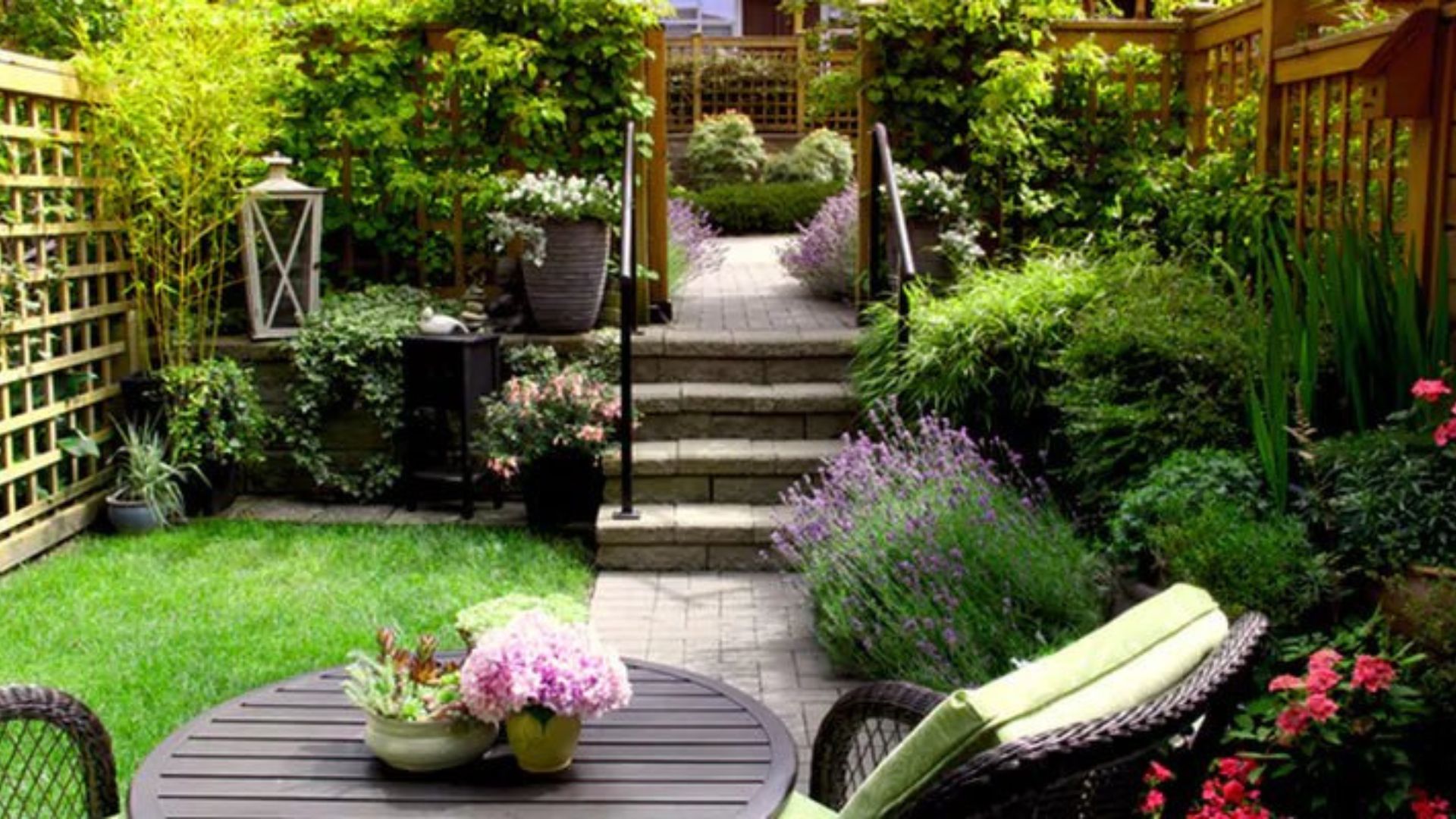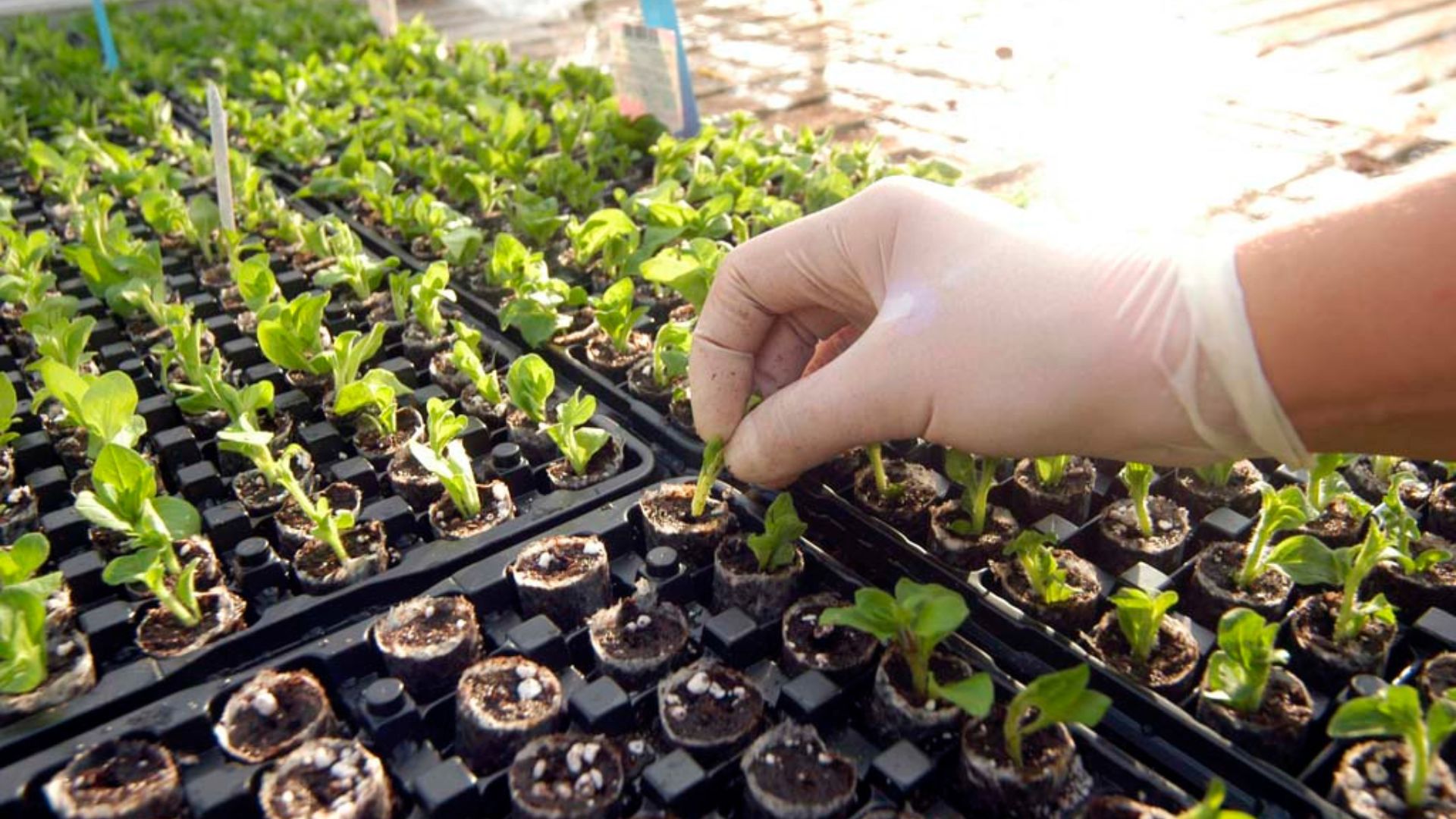Watering tips for nursery success are vital for growing healthy, thriving plants. Proper watering ensures roots absorb nutrients, supports steady growth, and prevents stress. Overwatering or underwatering can lead to disease, weak growth, or even plant death. Moreover, understanding the right techniques helps beginners and experienced gardeners alike maintain lush, vibrant greenery.
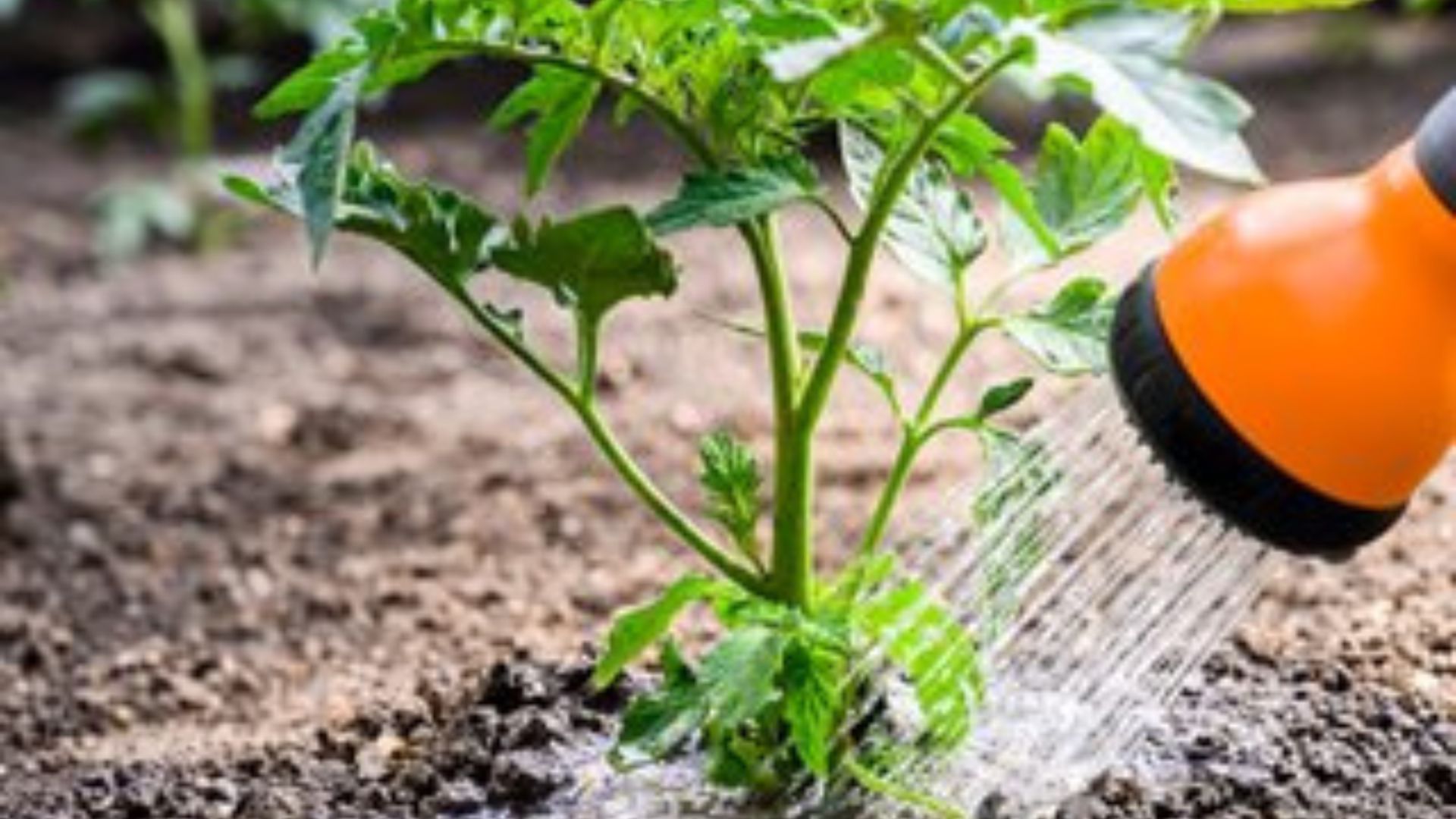
Understanding Plant Water Needs
Different plants require varying amounts of water. Succulents and cacti need minimal watering, while tropical and flowering plants require more frequent moisture. Additionally, consider plant size, pot type, and soil composition. By tailoring watering to specific needs, you can enhance plant health and achieve watering tips for nursery success that actually work.
Checking Soil Moisture
The easiest way to determine if plants need water is by checking the soil. Insert your finger about an inch deep; if the soil feels dry, it’s time to water. For potted plants, ensure water reaches the bottom to hydrate roots completely. Monitoring moisture consistently is one of the most effective watering tips for nursery success.
Watering Techniques
Use slow, deep watering instead of frequent shallow watering. Deep watering encourages roots to grow strong and prevents surface dryness. Drip irrigation, soaker hoses, or watering cans with narrow spouts can help apply water evenly. Moreover, watering in the early morning or late evening reduces evaporation and ensures plants absorb more moisture.
Grouping Plants by Needs
Organizing plants with similar water requirements simplifies care. Indoor plants or nursery seedlings can be grouped together in trays or pots, while drought-tolerant species can be separated. This strategy ensures each plant receives adequate hydration without overwatering others, making it a practical approach for watering tips for nursery success.
Pot and Soil Considerations
Choose pots with proper drainage to avoid waterlogging. Well-draining soil helps prevent root rot and keeps plants healthy. Adding perlite, sand, or organic matter improves drainage and soil structure. By addressing pot and soil factors, you reinforce effective watering routines and long-term plant health.
Seasonal Adjustments
Watering needs change with seasons. During hot, dry months, plants require more frequent watering. In cooler or rainy periods, reduce watering to prevent root saturation. Moreover, monitoring local weather patterns and adjusting schedules accordingly supports watering tips for nursery success all year round.
Signs of Overwatering and Underwatering
Overwatered plants may show yellowing leaves, wilting, or fungal growth. Underwatered plants exhibit dry, brittle leaves and stunted growth. By recognizing these signs early, gardeners can correct watering habits promptly. This awareness ensures plants remain healthy and resilient, a critical component of watering tips for nursery success.
Using Mulch and Coverings
Applying mulch around plants helps retain soil moisture, regulate temperature, and reduce evaporation. Organic mulches like straw, bark, or compost are ideal. Additionally, mulch prevents weeds that compete for water and nutrients. Using mulch complements proper watering routines and enhances overall nursery success.
Conclusion
In conclusion, watering tips for nursery success focus on understanding plant needs, monitoring soil moisture, using proper watering techniques, grouping plants wisely, selecting suitable pots and soil, adjusting for seasonal changes, and applying mulch. By following these strategies, gardeners maintain healthy, vibrant plants that grow steadily and resist stress. Moreover, attention to watering routines reduces plant loss, boosts growth, and creates a thriving nursery environment. Implementing these tips ensures your indoor, backyard, or commercial nursery achieves long-term success and strong, resilient greenery.






